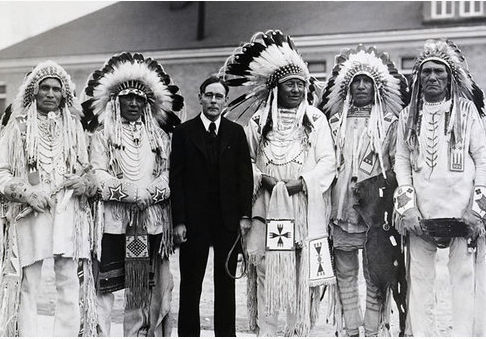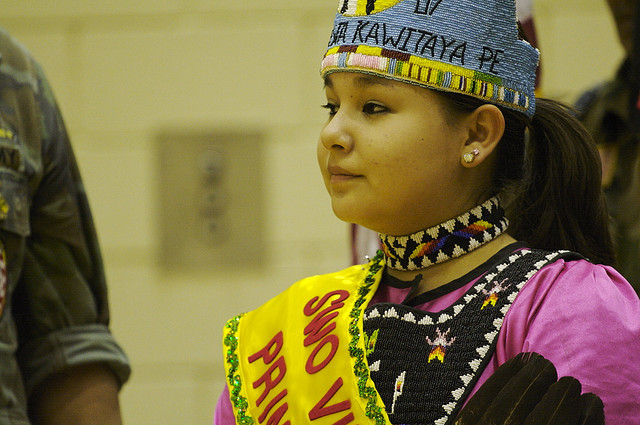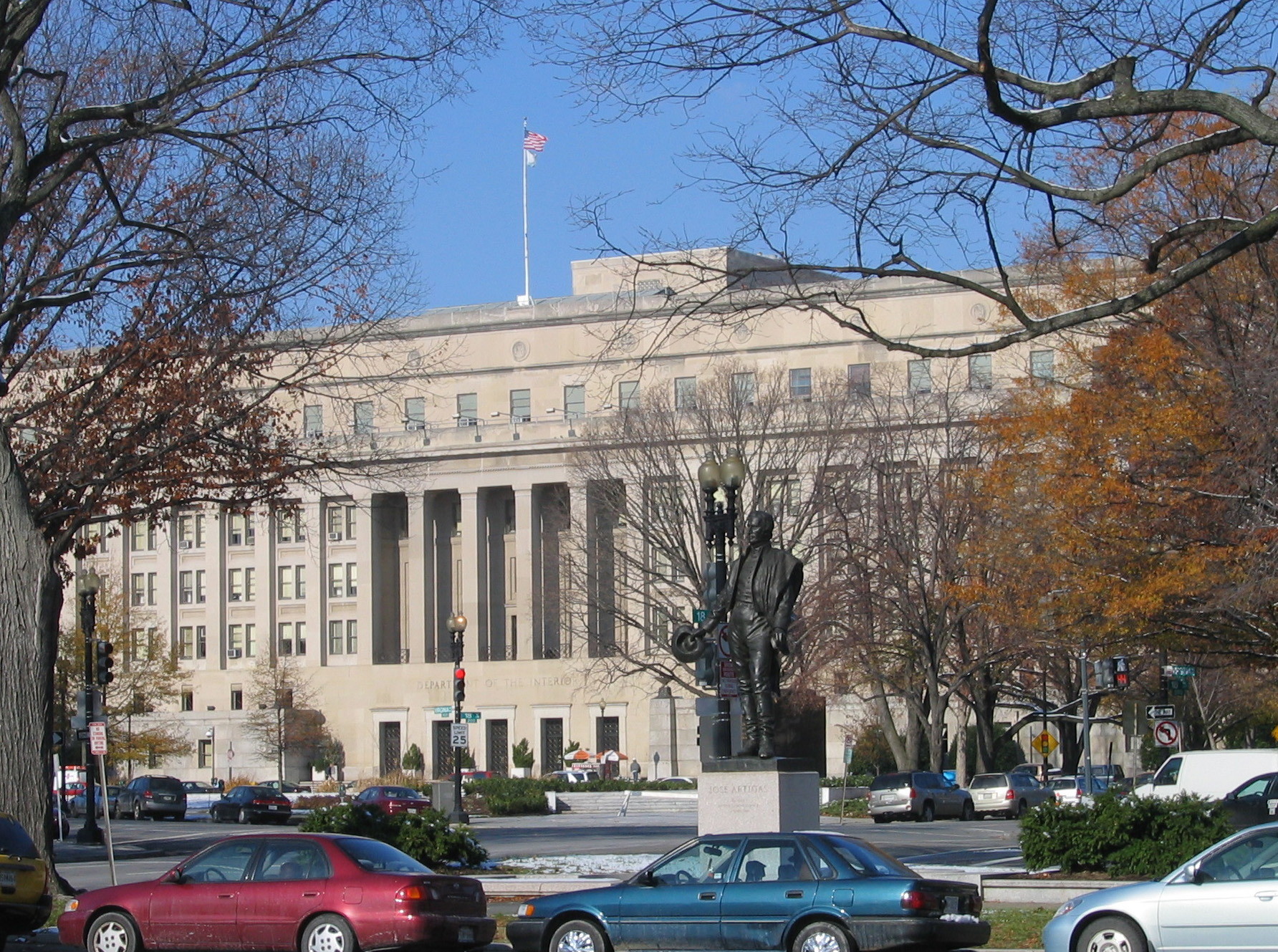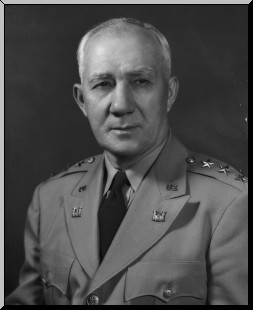|
Yankton Sioux Tribe
The Yankton Sioux Tribe of South Dakota is a federally recognized tribe of Yankton Western Dakota people, located in South Dakota. Their Dakota name is Ihaƞktoƞwaƞ Dakota Oyate, meaning "People of the End Village" which comes from the period when the tribe lived at the end of Spirit Lake just north of Mille Lacs Lake.Yankton, Place Names Connected to the Chicago North Western Railway (Chicago, 1908), p. 172"Yankton Sioux Tribe." ''South Dakota Department of Tourism.'' 2013. Retrieved 29 July 2013. Historically, the tribe is known for being the protectors of the sacred ... [...More Info...] [...Related Items...] OR: [Wikipedia] [Google] [Baidu] [Amazon] |
Sun Dance
The Sun Dance is a ceremony practiced by some Native Americans in the United States and Indigenous peoples in Canada, primarily those of the Plains Indians, Plains cultures, as well as a new movement within Native American religions. Members of otherwise independent bands gather to reaffirm beliefs about the world and the supernatural through rituals of personal and community sacrifice. Typically, young men would dance semi-continuously for several days and nights without eating or drinking; in some cultures Mortification_of_the_flesh#Indigenous_practices_and_shamanism, self-mortification is/was also practiced. After European colonization of the Americas, and with the formation of the Canada, Canadian and United States governments, both countries passed laws intended to suppress Indigenous cultures and force assimilation to Christianity and majority-Anglo-Americans, Anglo-American culture. The Sun Dance was one of the prohibited ceremonies, as was the potlatch of the Pacific No ... [...More Info...] [...Related Items...] OR: [Wikipedia] [Google] [Baidu] [Amazon] |
Indian Reorganization Act
The Indian Reorganization Act (IRA) of June 18, 1934, or the Wheeler–Howard Act, was U.S. federal legislation that dealt with the status of American Indians in the United States. It was the centerpiece of what has been often called the "Indian New Deal". The Act also restored to Indians the management of their assets—land and mineral rights—and included provisions intended to create a sound economic foundation for the residents of Indian reservations. Total U.S. spending on Indians averaged $38 million a year in the late 1920s, dropping to an all-time low of $23 million in 1933, and reaching $38 million in 1940. The IRA was the most significant initiative of John Collier (sociologist), John Collier, who was President Franklin D. Roosevelt's Commissioner of the Bureau of Indian Affairs (BIA) from 1933 to 1945. He had long studied Indian issues and worked for change since the 1920s, particularly with the American Indian Defense Association. He intended to reverse the assimi ... [...More Info...] [...Related Items...] OR: [Wikipedia] [Google] [Baidu] [Amazon] |
Treaty Of Traverse Des Sioux
The Treaty of Traverse des Sioux () was signed on July 23, 1851, at Traverse des Sioux in Minnesota Territory between the United States government and the Dakota people, Upper Dakota Sioux bands. In this land cession treaty, the Sisseton and Wahpeton Dakota bands sold 21 million acres of land in present-day Iowa, Minnesota and South Dakota to the U.S. for $1,665,000. The treaty was instigated by Alexander Ramsey, the first governor of Minnesota Territory, and Luke Lea (Commissioner of Indian Affairs), Luke Lea, Commissioner of Indian Affairs in Washington, D.C. They were assisted by territorial Congressional delegate Henry Hastings Sibley and the traders who sought compensation for business losses which appeared on their books as "Indian debts." Governor Ramsey and Commissioner Lea justified the Treaty of Traverse des Sioux and the Treaty of Mendota to the United States Congress on the basis of an "overwhelming tide of migration...increasing and irresistible in its westward progre ... [...More Info...] [...Related Items...] OR: [Wikipedia] [Google] [Baidu] [Amazon] |
Sisseton Wahpeton Oyate
The Sisseton Wahpeton Oyate of the Lake Traverse Reservation (), formerly Sisseton-Wahpeton Sioux Tribe/Dakota Nation, is a federally recognized tribe comprising two bands and two subdivisions of the ''Isanti'' or Santee Dakota people. They are on the Lake Traverse Reservation in northeast South Dakota. Lake Traverse Reservation The Lake Traverse Reservation and its boundaries were established by the Lake Traverse Treaty of 1867. From 1884 until the 1913, the tribal government was based upon the concept of the Soldier's Lodge. Due to external pressures from federal Indian agents and religious missionaries, as well as internal turmoil, in 1913 the tribe created an advisory committee. It served as the basis of government until 1946. In 1934 the federal government urged the tribe to adopt the provisions of the Wheeler-Howard Act, also known as the Indian Reorganization Act. By 1946 the tribe had reorganized, establishing the current system of bylaws and elected tribal governme ... [...More Info...] [...Related Items...] OR: [Wikipedia] [Google] [Baidu] [Amazon] |
Spirit Lake Massacre
The Spirit Lake Massacre (March 8–12, 1857) was an attack by a ''Wahpekute'' band of Santee Sioux on scattered Iowa frontier settlements during a severe winter. Suffering a shortage of food, the renegade chief Inkpaduta (Scarlet Point) led 14 Sioux against the settlements near Okoboji and Spirit Lake, Iowa, Spirit lakes in the northwestern territory of Iowa near the Minnesota border, in revenge of the murder of Inkpaduta's brother, Sidominadotah, and Sidominadotah's family by Henry Lott, a drunken white whiskey trader. The Sioux killed 35-40 settlers in their scattered holdings, took four young women captive, and headed north. The youngest captive, Abbie Gardner-Sharp, Abbie Gardner, was kept a few months before being ransomed in early summer. It was the last Native American attack on settlers in Iowa, but the events increased tensions between the Sioux and settlers in the Minnesota Territory. Nearly 30 years after the events, in 1885 Abbie Gardner-Sharp published her memoir, ' ... [...More Info...] [...Related Items...] OR: [Wikipedia] [Google] [Baidu] [Amazon] |
Inkpaduta
Inkpaduta ( Dakota: Iŋkpáduta, variously translated as "Red End," "Red Cap," or "Scarlet Point") (about 17971881) was a war chief of the Wahpekute band of the Dakota (Eastern or Santee Dakota) during the 1857 Spirit Lake Massacre and later Western Sioux actions against the United States Army in the Dakota Territory, Wyoming and Montana. Early life Inkpaduta was born in what later became Rice County, Minnesota on the North East edge of Cannon Lake (Rice County, Minnesota) sometime between 1800 and 1815. He was the son of chief Wamdisapa (Black Eagle). As a child, he contracted smallpox, which killed several of his relatives and family members. The disease left him badly scarred. Sometime before the 1841 treaty between Tasagi and Wamdisapa, Wamdisapa moved his village (then known as the Red Top band) to the Vermillion River (South Dakota) after he was exiled from his original band. Career Inkpaduta and his band were not signatories with the rest of the Wahpekute to the 1 ... [...More Info...] [...Related Items...] OR: [Wikipedia] [Google] [Baidu] [Amazon] |
Treaties Of Portage Des Sioux
A treaty is a formal, legally binding written agreement between sovereign states and/or international organizations that is governed by international law. A treaty may also be known as an international agreement, protocol, covenant, convention, pact, or exchange of letters, among other terms; however, only documents that are legally binding on the parties are considered treaties under international law. Treaties may be bilateral (between two countries) or multilateral (involving more than two countries). Treaties are among the earliest manifestations of international relations; the first known example is a border agreement between the Sumerian city-states of Lagash and Umma around 3100 BC. International agreements were used in some form by most major civilizations and became increasingly common and more sophisticated during the early modern era. The early 19th century saw developments in diplomacy, foreign policy, and international law reflected by the widespread use of treat ... [...More Info...] [...Related Items...] OR: [Wikipedia] [Google] [Baidu] [Amazon] |
Marty Indian School
Marty Indian School is a K-12 tribal boarding school in Marty, South Dakota. It is affiliated with the Bureau of Indian Education (BIE). It is on the Yankton Indian Reservation. The Yankton Sioux Tribe owns the facilities and directly manages the school. It takes boarding students for grades 7–12. It has separate dormitories for boys and girls. History In 1987 a former executive assistant at the school, Lewis B. Dillon, pleaded guilty to embezzling money from the school. Clippingfrom Newspapers.com. Laurel Vermillion served as the principal in the 1990s. Timothy Stathis became the principal in May 2017. Stathis had implemented a bonus program to pay teachers higher pay if their students had higher scores. According to Stathis this caused opposition against him. A sit-in against his policies occurred on November 15, 2017. The school gave Stathis notice of his firing on December 1, 2017. His contract was scheduled to end in June 2018. Stathis, who later began work in Californi ... [...More Info...] [...Related Items...] OR: [Wikipedia] [Google] [Baidu] [Amazon] |
Bureau Of Indian Affairs
The Bureau of Indian Affairs (BIA), also known as Indian Affairs (IA), is a United States List of United States federal agencies, federal agency within the U.S. Department of the Interior, Department of the Interior. It is responsible for implementing Federal law (United States), federal laws and policies related to Native Americans in the United States, Native Americans and Alaska Natives, and administering and managing over of Indian reservation, reservations Trust law, held in trust by the Federal government of the United States, U.S. federal government for List of federally recognized tribes, indigenous tribes. It renders services to roughly 2 million indigenous Americans across 574 federally recognized tribes. The BIA is governed by a director and overseen by the assistant secretary for Indian affairs, who answers to the United States Secretary of the Interior, secretary of the interior. The BIA works with Tribal sovereignty in the United States, tribal governments to h ... [...More Info...] [...Related Items...] OR: [Wikipedia] [Google] [Baidu] [Amazon] |
Indian Health Services
The Indian Health Service (IHS) is an operating division (OPDIV) within the U.S. Department of Health and Human Services (HHS). IHS is responsible for providing direct medical and public health services to members of federally recognized Native American Tribes including American Indian and Alaska Native people. IHS is the principal federal health care provider and health advocate for Native people in the United States. The IHS provides health care in 37 states to approximately 2.2 million out of 3.7 million American Indians and Alaska Natives (AI/AN). As of April 2017, the IHS consisted of 26 hospitals, 59 health centers, and 32 health stations. Thirty-three urban Indian health projects supplement these facilities with various health and referral services. Several tribes are actively involved in IHS program implementation. Many tribes also operate their health systems independent of IHS. It also provides support to students pursuing medical education to staff Indian health progr ... [...More Info...] [...Related Items...] OR: [Wikipedia] [Google] [Baidu] [Amazon] |
Pickstown, South Dakota
Pickstown is a town in southern Charles Mix County, South Dakota, United States. The population was 230 at the 2020 census. It was named after U.S. Army General Lewis A. Pick, former director of the Missouri River Office of the United States Army Corps of Engineers. History Pickstown began as a government town for U.S. Army Corps of Engineers employees building and then operating nearby Fort Randall Dam. United States Air Force officers and airmen arrived in the 1950s to operate a Strategic Air Command radar base built on a hill three miles east of town, locally known as "Radar Hill". Air Force personnel left in the 1970s after the base closed. Currently, the "Fort Randall Casino and Hotel" owned and operated by the Yankton Sioux Tribe is located at the abandoned radar base. The U.S. Army Corps of Engineers owned Pickstown until the town incorporated in 1985. High school The high school athletic teams were nicknamed the Engineers. The high school closed in 1968. Students ... [...More Info...] [...Related Items...] OR: [Wikipedia] [Google] [Baidu] [Amazon] |
Charles Mix County, South Dakota
Charles Mix County is a county in the U.S. state of South Dakota. As of the 2020 census, the population was 9,373. Its county seat is Lake Andes. The county was created in 1862 and organized in 1879. It was named for Charles Eli Mix, an official of the Bureau of Indian Affairs influential in signing a peace treaty with the local Lakota Indian tribes. The easternmost approximately 60% of the county comprises the Yankton Indian Reservation. The Papineau Trading Post, whose building is now in Geddes, South Dakota, was an early county seat. With Geddes tried to wrest the county seat from Wheeler in 1900, 1904, and 1908. The Charles Mix County Courthouse in Lake Andes was built in 1918. With . Geography Charles Mix County lies on the south line of South Dakota. Its south boundary line abuts the north boundary line of the state of Nebraska (across the Missouri River, which flows southeastward along the county's south line). A smaller drainage flows south-southwesterly to the ... [...More Info...] [...Related Items...] OR: [Wikipedia] [Google] [Baidu] [Amazon] |









